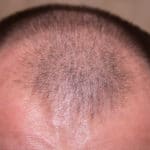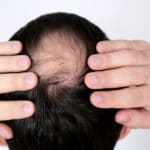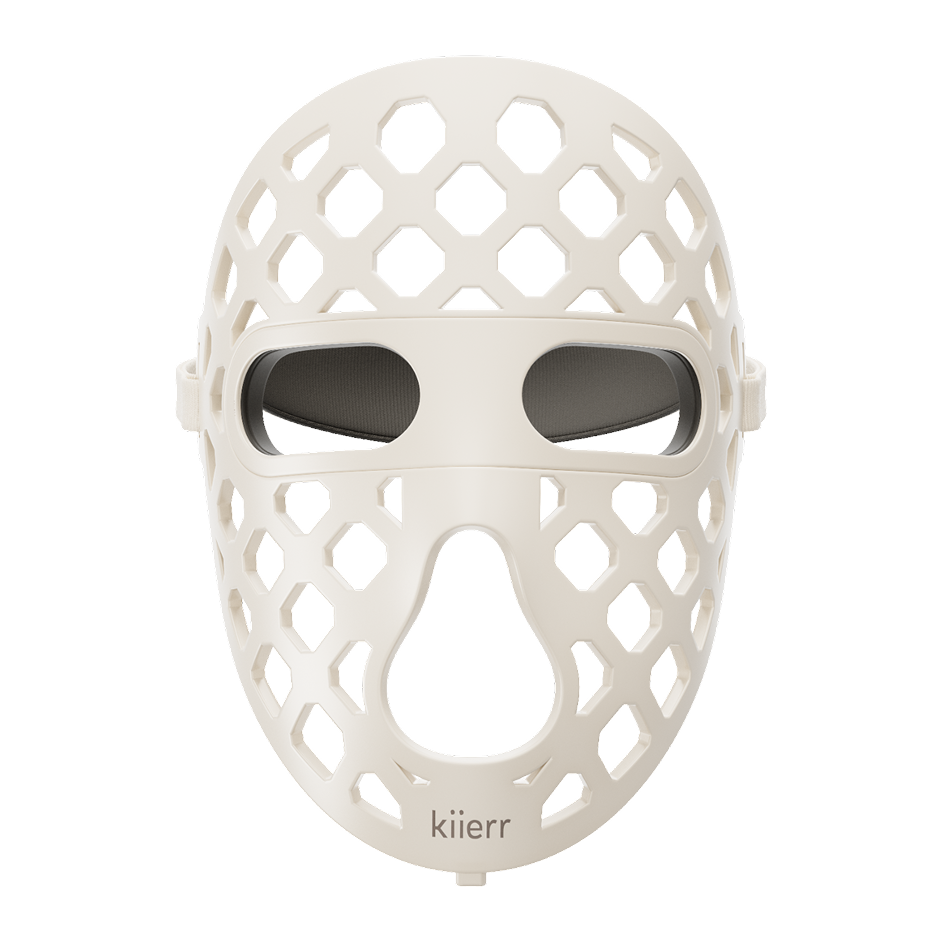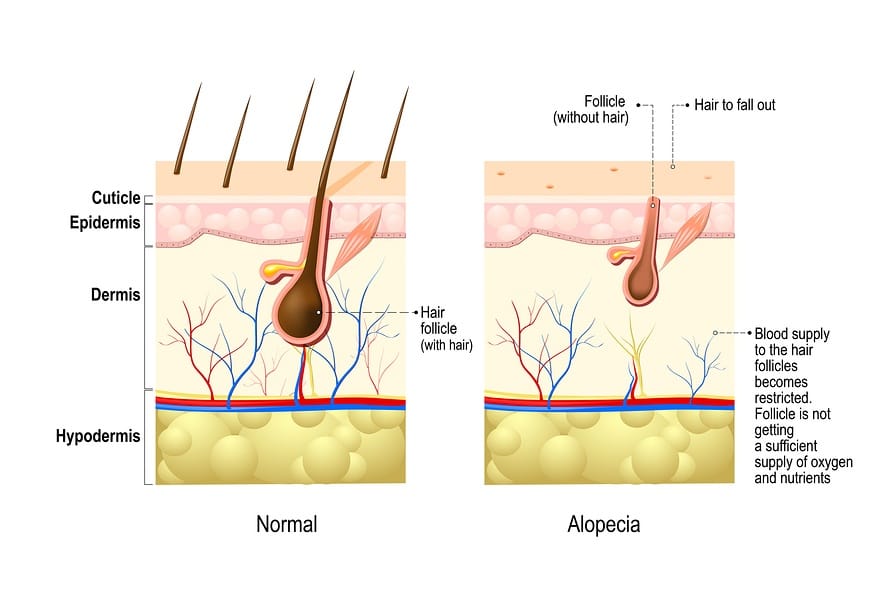Add items to get a Free Gift!
Natural Hair Care Tips, Tips To Look & Feel Great
Why Am I Losing My Hair?
Table of Contents
Why Am I Losing Hair?
If you have happened upon this blog, it’s likely you are after an answer to the above question, and you want information on a solution to the problem. The Kiierr272Premier Hair Growth Laser Cap is the solution. Kiierr used Low Level Light Therapy (LLLT) which is a scientifically proven method of jump-starting those hair-growing cells and stimulating the hair follicles. For a time, LLLT was time-consuming and expensive, performed only in physicians’ offices. Now, with the Kiierr272Premier Laser Cap, you can grow your hair while going about your normal routine. Just wear it as you would any baseball cap. Not only is it that convenient, it’s also cost effective.
Now that we have given you the solution, we will answer your question: Why am I losing my hair? But first, we want to clear up some “old wives’ tales”: Hair loss is not caused by poor circulation, clogged hair follicles, frequent shampooing, hats or helmets, or follicle mites. Stress may exacerbate hair loss, but it will not cause it without other factors present.
Androgenic Alopecia

Most of the baldness you see around you is androgenic alopecia (pattern baldness). Men with pattern baldness will have a receding hairline or a bald spot at the crown of the head. Sometimes hair will thin all over the scalp. Pattern baldness for women involves only the thinning all over the scalp.
Pattern baldness is caused by a combination of genetics and hormones. There are hair follicles that are genetically susceptible to damage when encountering specific hormones. Once follicles are weakened, the hair falls out or gradually becomes thinner and finer. Hair loss doesn’t proceed at a steady pace. It will speed up and slow down. But make no mistake, it’s a progressive condition and it will continue.
Alopecia Areata
Alopecia areata is an autoimmune disorder in the skin, meaning the body’s own immune system attacks healthy hair follicles, causing them to become smaller. Hair production slows down and eventually hair growth ceases. The exact cause is still being debated among scientists, but stress is a factor.
Alopecia areata begins with small bald patches on the scalp. The patches usually grow larger and multiply. It’s also possible that the condition will go into remission for months or years. The hair follicle remains alive, and hair may grow back.
Alopecia areata appears in various forms:
- Alopecia totalis: You lose all the hair on your scalp.
- Alopecia universalis: You lose hair all over your body.
- Diffuse alopecia areata: Hair thins suddenly and rapidly on your scalp. This is also known as alopecia areata incognita. It is rare and tends to affect only young females.
- Ophiasis alopecia areata: Hair loss occurs in a band—on the sides and the lower back of the scalp.
Traction Alopecia
Hate to tell you, but if you have traction alopecia, you are doing it to yourself. Hair loss is due to wearing a hair style that is so tight it creates an extraordinary amount of tension on your scalp. It’s yanking the hair roots right out. Braiding, ponytails, corn rows, or weaves can be that tight. Bald spots appear or hair is noticeably thinner. The hair can grow back, unless that tension lasts a very long time. Then the follicles could be so damaged the hair loss is permanent.
Trichotillomania

This is the only other form of hair loss that is self-inflicted. Trichotillomania is an impulse control disorder that involves repetitive, compulsive urges to pull out the hair, usually from the head, eyebrows and eyelids. Like traction areata, the hair will grow back once the behavior has stopped, but if done for many years, the hair loss can be permanent.
Cicatricial alopecia
Also called scarring alopecia, cicatricial alopecia is rare, difficult to treat and often irreversible. It occurs when burns, injury, bacterial infections, ringworm or an autoimmune disease destroys the hair follicles that are then replaced by scar tissue in the form of flaky, red bald patches.
Postpartum Alopecia

This is the temporary hair loss experienced at the end of a pregnancy. Very little normal hair loss occurs during pregnancy; therefore, sudden and excessive shedding occurs in the first three to six months following delivery of the baby. The growth cycle generally returns to normal within a year.
Conclusion
Hair loss is difficult to control. From alopecia areata, to postpartum alopecia, none of them are easy to deal with. Catch hair loss at the earliest stages in order to take control.

 LASER CAPS
LASER CAPS




 Beauty Products
Beauty Products





 Daily Deals
Daily Deals RESULTS
RESULTS




